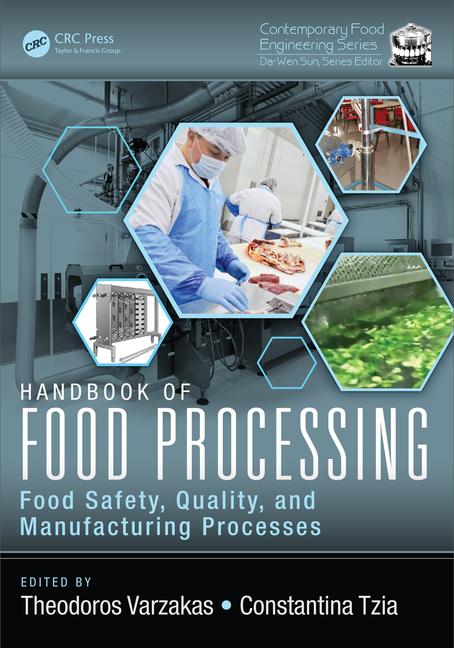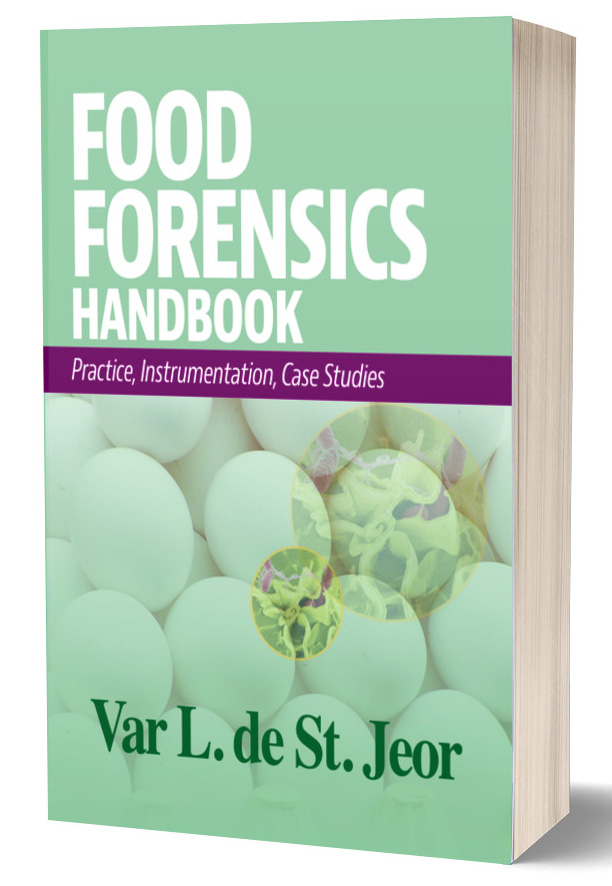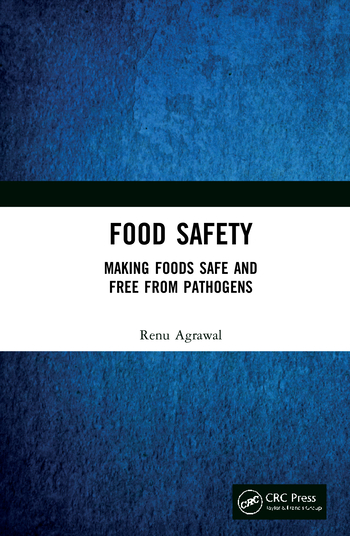Study Shows Chewing Gum Releases Thousands of Microplastics, Whether Gum is Synthetic or Natural

Image credit: Freepik
At a recent meeting of the American Chemical Society (ACS), researchers from the University of California, Los Angeles (UCLA) presented the results of a study showing that chewing gum can release hundreds to thousands of microplastic particles per piece into saliva—no matter if the gum is made of synthetic or plant-based polymers.
The study is currently under peer review. Principal investigator on the project is Sanjay Mohanty, Ph.D., Associate Professor of Civil and Environmental Engineering in UCLA’s Samueli School of Engineering. The findings were presented at the ACS Spring 2025 meeting in March by Lisa Lowe, who worked on the project as an undergraduate intern at UCLA.
Starting with the hypothesis that synthetic chewing gum, the base of which is often a type of petroleum-derived plastic, would release significantly more microplastics than natural, plant-based polymer (e.g., chicle or other tree sap) gums, the researchers tested five brands each of commercially available synthetic and natural chewing gum. To reduce the variability of chewing patterns and saliva, one person conducted all of the chewing in the experiment, totaling seven pieces of chewed gum for each brand.
In the lab, the person chewed pieces of each brand of gum for four minutes at a time. The person produced saliva samples every 30 seconds, as well as a sample of a final mouth rinse with clean water, all of which were combined into a single sample. In a second test, the person’s saliva samples were collected periodically over a 20-minute span to investigate the release rate of microplastics from each piece of gum, after which the number of microplastics present in each saliva sample were quantified.
To count the microplastics, plastic particles were either stained red and counted under a microscope, or were analyzed by Fourier-transform infrared spectroscopy, which also provided the polymer composition. Only plastic particles that were 20 micrometers or larger were counted due to technical limitations; it is likely that smaller nanoplastics were present and went undetected.
Interestingly, there was not a significant difference in the amount or types of microplastics released by synthetic and natural chewing gums. In both kinds of gum, polyethylene terephthalate, polyacrylamide, and polystyrene polymers were present. Polyolefins, a group of plastics including polyethylene and polypropylene, were the most abundant polymers released by both gum types.
On average, 100 microplastic particles were released per gram of gum, although some pieces released as many as 600 microplastics per gram. An average piece of gum weighs between two and six grams, meaning that a large stick of gum could release up to 3,000 plastic particles. A person chewing 160–180 pieces of gum per year could ingest approximately 30,000 microplastics from their chewing gum habit alone—a not-insignificant amount, estimating that the average person ingests tens of thousands of microplastics per year from other sources of exposure (e.g., water, tea bags, seafood, leafy greens, olive oil, meat, etc.).
Most of the microplastics were released from the gum samples within the first two minutes of chewing, due to the abrasive act of chewing physically separating pieces of plastic from the whole piece, rather than as an effect of saliva enzymes breaking down the gum. After eight minutes of chewing, 94 percent of the microplastics collected during the tests had been released.
The exact effects of dietary exposure to microplastics are not yet understood, although initial animal studies and studies with human cells suggest microplastics could be harmful to health.
To be safe, it is recommended that individuals try to reduce their exposure to microplastics—although that may be a tall order, given their seemingly ubiquitous presence. Investigations have revealed that the presence of microplastics in the human body is not uncommon. With regard to chewing gum specifically, the UCLA researchers recommend that, if gum chewers want to reduce microplastics exposure, they chew one piece for a longer period of time rather than chewing multiple pieces.
Looking for a reprint of this article?
From high-res PDFs to custom plaques, order your copy today!









